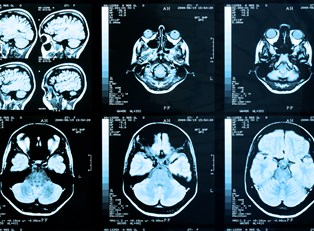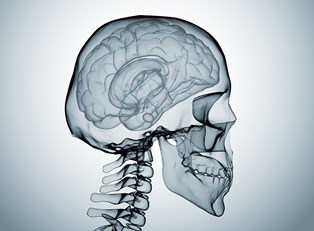A concussion is a brain injury that typically occurs when a person suffers a blow to the head. Some of the symptoms of a concussion include slurred speech, fatigue, ringing in the ears, dizziness, or temporary loss of consciousness.
Sometimes, the symptoms are subtle; many people do not even know that they have a concussion. That is why people who have suffered head trauma are encouraged to see a doctor if they suspect that they have suffered a concussion. Below are a variety of ways that a concussion can be diagnosed.
Neurological Examination
Your doctor will ask you a variety of questions about your injury. He or she will check how your eyes react to light. Your balance, hand grasp, memory, hearing, and reflexes may also be examined.
X-ray
Your doctor may order an X-ray. The purpose of an X-ray is to check for additional injuries, such as fractures.
CT Scan and MRI
You will most likely be given a CT scan. A CT scan is test that involves using X-rays in order to take pictures of the skull and brain. An MRI is a scan that uses a computer and magnets to take pictures of your blood vessels and head. An MRI can detect things that do not show up on the X-ray, such as bleeding in the brain.
Observation
You may be asked to stay in the hospital overnight for observation. However, if you go home, then you will need to have someone observe you for the next 24 hours. Your companion will need to make sure that your symptoms are not worsening.
Treatment
Mild concussions typically do not require any treatment. Rest is one of the keys to successful recovery from a concussion. Your doctor may tell you to limit your activities for a few days. If you suffer from headaches, then you may want to take a pain reliever, such as Tylenol. Avoid taking Motrin IB, Aspirin, and Advil, because they can increase the risk of bleeding.



